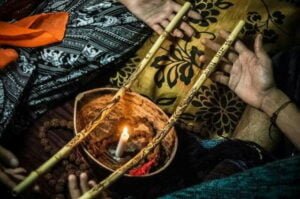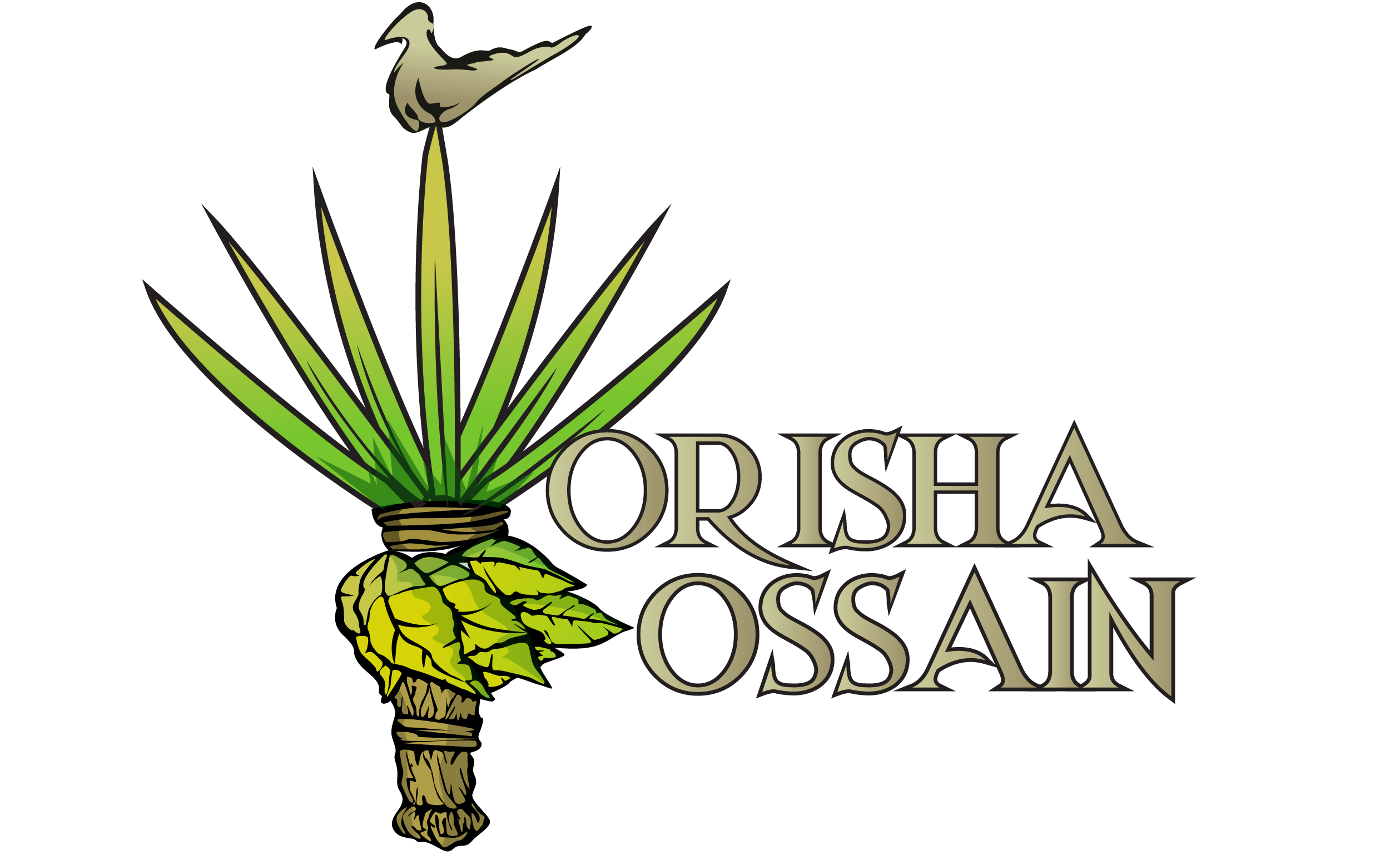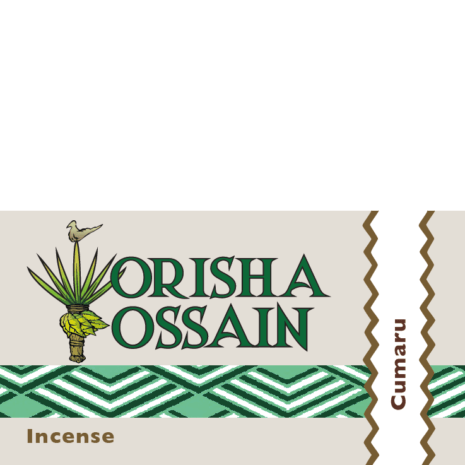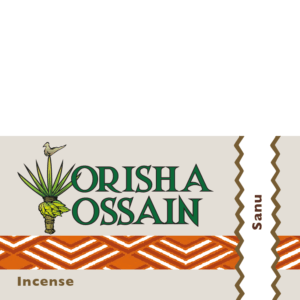Rapé Cumaru
From: $19.76
Three forms of powerful Rapé Cumaru from the Kaxinawa tribe.
For more information read the description below.
Cumaru Puro
Cumaru Nissural
Cumaru de Cheiro
Rapé Cumaru
Rapé Cumaru from the Kaxinawa tribe. A unique treat from the Kaxinawa (Huni Kuin) tribe gives us the possibility to study deeper with three types of their powerful Rapé Cumaru.
The three Types/Forms
Cumaru Puro
The first type of Rapé Cumaru is composed of Arapiraca and Cumaru ashes. This form has no other additions. Hence the name puro (pure). The Kaxinawa say that Cumaru is a tree that does not rot because it is very true. It is also believed that she possesses a sense of many incantations.
She also has the ability to relate to spiritual energy and combat malaise. Cumaru ash brings strength and speed when used daily.
Cumaru Nissural
The second type follows the same composition as the puro form of rapé cumaru. This form has a bit of nissural added to it. Just enough to make itself present and not overpowering or too dominant. The Kaxinawa used to be one of the few tribes that used nissural as a medicinal plant. Nowadays it has found its way in as an ingredient in rapé made by various tribes.
According to the Kaxinawa nissural has the power to heal, whether used in a snuff or for example a bath. In their native language, Nissu means disease and ral means healing. So, it’s the healer of diseases.
Cumaru De Cheiro
The third form of rapé cumaru has a tiny bit of pulverized tonka bean in it. The tonka bean grows on the cumaru tree and is a strong aromatic. I have been told that the percentage of tonka bean in this rapé cumaru is less than one percent by weight of the total composition.
This is a special composition using cumaru bask ashes and pulverized cumaru bean powder. De cheiro is Portuguese for “smelling, having a smell” and in this case, that smell is very nice.
About Rapé Cumaru
Rapé Cumaru is quite strong and can be rough sometimes. It focuses its energetic work on the lower chakras. Cumaru is extremely grounding. It can also put you into deep trance-like states. It easily makes its way into the back of the throat. On some occasions, it can cause deep nausea and detoxification.
As with the Canela de Velho, purging is quite possible. The aftertaste although quite pleasant is extremely strong and can cause a continuous stream of phlegm in the throat. Intention and setting have an important role in the administration of this rapé. You should take time and space to prepare for its effects.
About Dipteryx odorata
Dipteryx odorata is commonly known as Cumaru or Cumaru Ferro. This translates as “Iron Cumaru” because of the hardness of the wood. Dipteryx odorata is a very noble hardwood used in construction and for floors and furniture. It is a species of a”Flowering plant” in the”Pea” family, The tree is native to Central America and northern South America.

The seeds of the Dipteryx odorata are also called tonka beans (sometimes tonkin beans or tonquin beans). They are black and wrinkled and have a smooth, brown interior. The seeds have a strong fragrance. The fragrance has similarities with, vanilla, almond cinnamon, and cloves.

Tribal Usage
The Kaxinawa tribe uses its Rapé for different purposes. For example, relief of physical pain and headaches and cleaning of sinuses. In Addition, the Kaxinawa’s apply Rapé for mental healing, mostly in combination with chanting.
Rapé connects the tribe with spirits of the jungle and – depending on the specific ingredients – it can cure, heighten concentration, improve hunting, or be a connector to the spirit of nature. The Kaxinawa like to experiment and use a wide range of ingredients for their rapé.
About the Tribe
The Kaxinawá people (Huni Kuin) are an indigenous tribe who live in Brazil and Peru. The Kaxinawá are also known as the Cashinauá, Caxinauá, or Kashinawa people. This name comes from kashi or “bat” and nawa meaning “outsiders” or “foreigners”.
Their autonym is Huni Kuin or “real men” or “true people”, from huni, “man”, and kuin meaning “real” or “true”. Their language belongs to the Pano linguistic family, which they call hatxa-Kuin (true language). The population is approximately 4,000 people. The Kaxinawa account for 42% of the indigenous population of Acre state in Western Brazil.
Do you want to learn a bit more about the tribe then have a read here.
Tepi and Kuripe
Have a look at the collection of Tepi and Kuripe. Various styles from different artists are available.  Tepis receiving blessings from their creators
Tepis receiving blessings from their creators
Handling & Sorting
I sieve this Rape Cumaru and all other snuff coming from my shop through a 120-micron high-grade stainless steel mesh. I also store the Rapé stock dry and in vacuum containers to prolong freshness and quality.
This results in.
- an extremely fine powder.
- a guaranteed consistent fineness
- optimal absorption of the snuff





